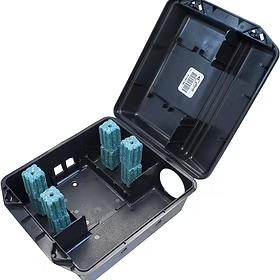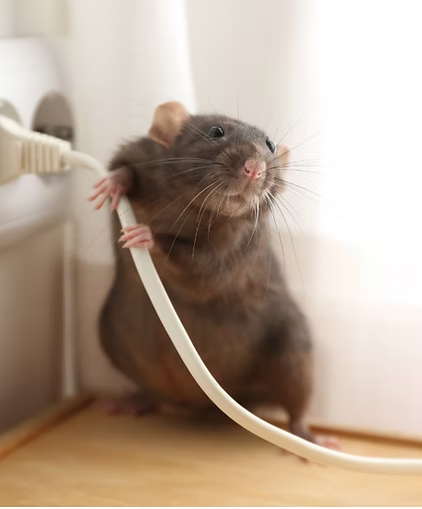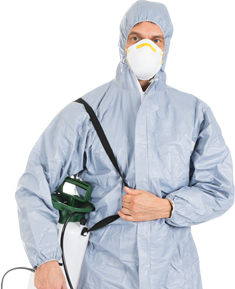Materials
Home / Materials
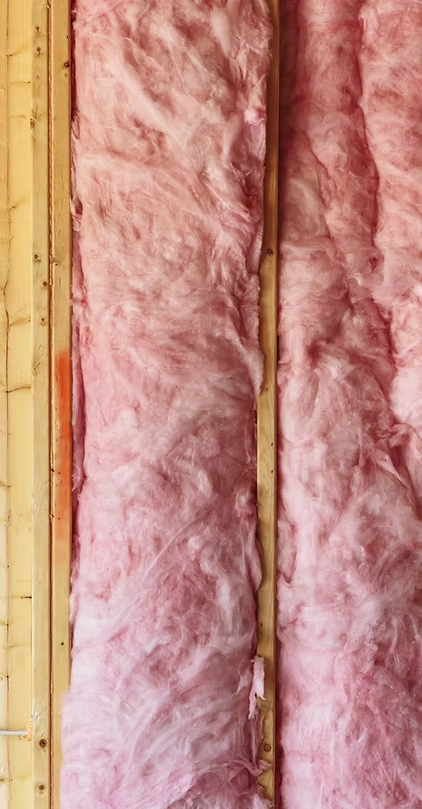

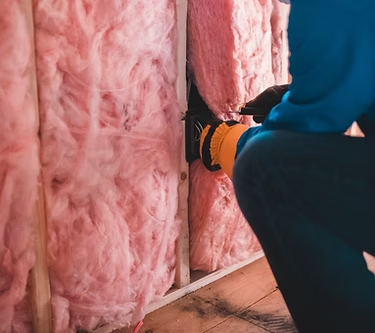
Materials We Work With
Materials
Fiberglass Batt/Roll Insulation
Fiberglass Blown-in insulation
Cellulose Blown-in Insulation
Rigid Foam Insulation
Vapor Barrier 10,15,20 Mil
traps
Fiberglass Batt/Roll Insulation
Glue Traps
Live Traps (Cages)
Bait Stations
Fiberglass Batt/Roll Insulation
Fiberglass Blown-In Insulation Stands out for its application method. Unlike traditional pre-cut panels or rolls, it uses loose fibers applied through a blowing process. Specialized machines evenly distribute these fibers into areas to be insulated, reaching tight spaces like attics and irregular areas in cavity walls. This technique ensures uniform insulation, reducing heat transfer and enhancing a building’s energy efficiency. Its popularity stems from its adaptability to complex spaces and its effectiveness in improving thermal insulation in construction.
Fiberglass Blown-In Insulation
Fiberglass Batt/Roll Insulation is a vital thermal insulation material for building construction. It consists of glass fiber panels or rolls, compressed into uniform layers. Produced by melting glass at high temperatures and stretching it into fine strands that create a structure with trapped air cells, it excels at retaining heat. Used in walls, ceilings, and floors, it reduces heat transfer in all climates, offering winter heat retention and summer heat prevention. Beyond thermal control, it effectively reduces noise transmission between spaces. It’s an affordable and widely available construction material, popular for enhancing energy efficiency and indoor comfort.

Vapor Barrier
It’s a construction material designed to control moisture transfer within buildings. It’s typically made of high-density polyethylene sheets and is installed on walls, ceilings, or floors to prevent condensation and moisture buildup. This protective layer, available in different thicknesses (10, 15, 20 mil), reduces both exterior moisture infiltration and internal moisture penetration, tailored to project needs and local climate. These options effectively manage humidity, enhancing structure durability and indoor air quality.
Rat & Mouse Snap Traps
These are devices designed to trap and control rodent populations in various settings. These traps consist of a sensitive spring mechanism that closes swiftly when a rodent interacts with the bait, effectively capturing and eliminating rodents. Widely used in pest control strategies, these traps offer a practical, economical, and popular solution due to their ease of use and effectiveness in eradicating these pests.
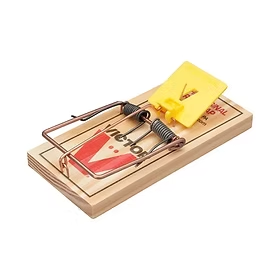
Glue Trap
These are pest control devices that use adhesive surfaces, typically made of cardboard or plastic, to capture rodents, insects, or small animals. Once in contact with the strong, sticky glue, pests become trapped and unable to escape. While effective, there is controversy over their humaneness, as trapped animals may suffer and die slowly. Despite this, they are commonly used due to their ease of use and their chemical-free approach to pest control.

Live Traps (cages):
Also known as cages, are specifically designed to capture and contain live animals without causing harm. Constructed typically from wire or metal, these traps feature a door that automatically closes when an animal enters, offering a humane way to catch pests such as raccoons, opossums, or stray cats. Different from lethal traps, these devices allow captured animals to be released elsewhere, making them an ethical and non-lethal option for managing pest situations and unwanted animal invasions.
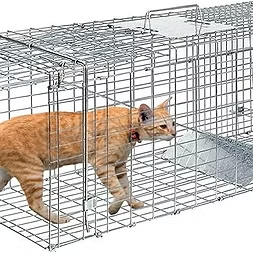
Bait Stations
These are protective containers for toxic baits used to combat pests such as rats and mice, keeping the poison away from pets and children while providing a safe feeding place for rodents. These stations are widely used in commercial, industrial, and residential pest control strategies and offer a controlled and safe solution to address infestations.
